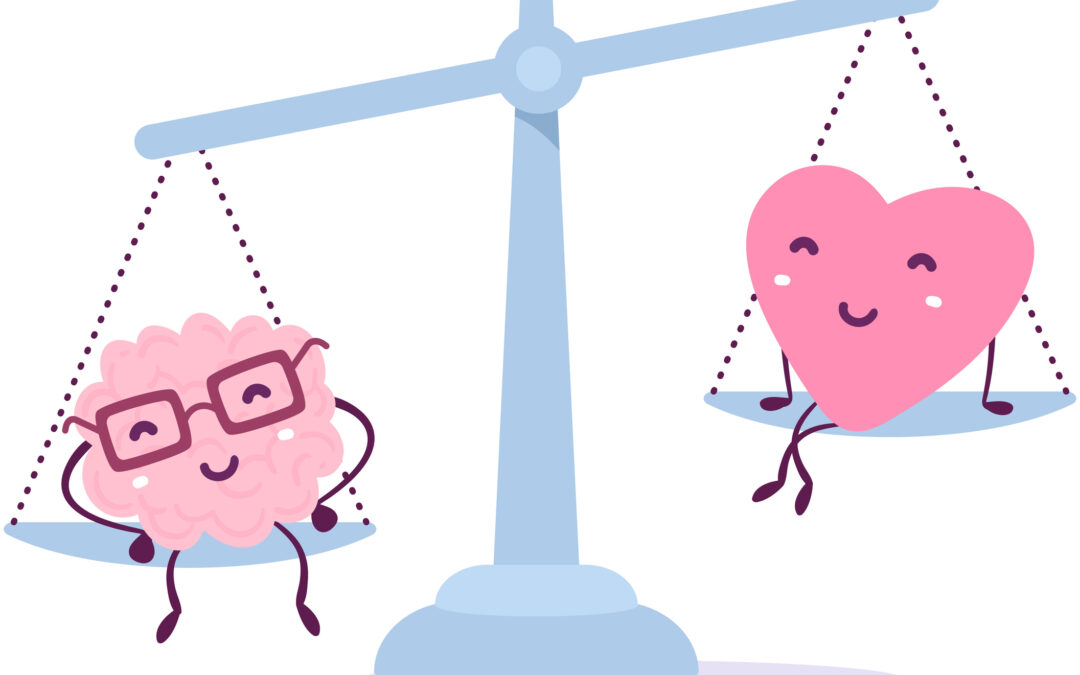To make your loyalty program a success the head, heart and pockets of the customer should be considered.
The more horses you back in the race the better chance you have to win, so as good as discounts and points are at engaging customers, they may not be enough. This thinking takes us to loyalty psychology concepts. They play an important role in ensuring your customers pick you over your competitors when they choose. Sometimes even when the competitor is ‘do nothing’.
If it was always just about price, everyone would be shopping for the cheapest offers, but Loyalty psychology principles help build strong affinity, attachment, and trust to your brand, so you don’t have to always rely on offering discounts
.
The most venerable psychological modifier is reciprocity, the imperative that customers feel obligated to repay a brand by becoming advocates and changing their purchase behaviour because of feelings of gratitude for privilege and benefits. There are others, and it is important in your loyalty proposition to ensure a balance between the ‘head and heart’ of the customer; enough investment in hard and soft rewards to make the value exchange.
Common Loyalty Psychology Principals
Operant Conditioning (Carrots and Sticks)
A method of learning that occurs through rewards and punishments for behaviour, which induces the individual to make an association between a particular behaviour and a consequence. Behaviour followed by a reward (positive reinforcer) is more likely to recur.
Social Identity Theory (Harley Davison tattoos on bikers)
Consumers do not just feel emotional connections to preferred brands, some adopt them as part of their identity. A loyalty scheme which serves to make the member feel a sense of exclusivity and belonging can play a vital role in the member adopting the brand (sub-consciously or otherwise) as an element of their own self-definition.
Endowed Progress Effect: (A Head Start)
When consumers feel they have a head start towards a reward, they feel compelled to complete the journey to claim the reward. Customers don’t like to start from zero; a head start increases the likelihood of completing a goal, research shows that “signing bonuses” etc. increase likelihood of redemptions and engagement.
Goal Gradient Effect: (One last push)
The tendency to put in extra effort to achieve a goal increase with proximity to the goal. Data shows that in café reward programs, members buy coffee more frequently as they get closer to a free coffee. The illusion of progress toward the goal induces purchase acceleration (e.g., 2 free stamps from 12 is better than needing 10).
Size Heuristics: (Seems like a LOT)
Increase perceived value by offering non-cash incentives. Consumers do not have the capacity, time, or motivation to recognise and evaluate all the available information in our complex environment.
Surprise and Delight: (“They really like me!”)
An approach that seeks to attract and nurture customers by offering unexpected rewards. Psychological studies suggest that when a customer’s expectations are met, they will be satisfied and when a customer’s expectations are exceeded, they will be slightly more satisfied, but when a customer is surprised and delighted their satisfaction levels will be elevated.
Understanding these loyalty psychology principles, among others, can help create long term transactional and emotional loyalty. Do not forget that loyalty propositions must appeal to both the heads and hearts of members; to earn you loyalty that will become part of the member’s identity; they have a start with your brand so discounts are OK to attract them; and point out they are close to receiving a lot of benefits, some that will surprise them.
As part of the Ellipsis program design process, we apply proven methodologies and data-driven insights, to grow long-term value and optimise performance. We call this Customer Science®.


